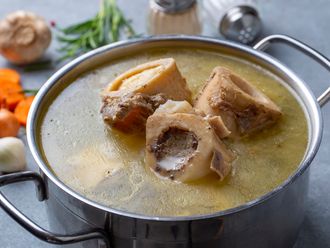A garden without bamboo is a day without sunshine, as an old Korean saying goes.
For Koreans, bamboo mirrors their spirit. The plant that can bend, without breaking. It’s the plant whose leaves stay green in the winters, while others wither away. It embodies elegance, loyalty, moral integrity, flexibility, and strength. These values hold immense emotional significance for a country that has gone through insurmountable challenges in the past few centuries. This practical and sturdy material wasn't just for construction and tools; it became a symbol reflecting the Korean spirit's resilience. As Korean columnist Choe Chong-dae recently wrote in the media outlet Korean Times, the plant also represents the harmony between Nature and the human world.
The roots of bamboo run deep in Korean history, the importance dating back to the Goryeo Dynasty (918 AD 1392AD). It was glorified by poets and painters as a symbol of longevity and changelessness, something even a 1961 article testified in the outlet Korea Journal, Volume 1. It featured in the traditional ‘Sagunja’ paintings during the Joseon Period (1392 AD-1910 AD), which depicted plum, orchid, chrysanthemum, and bamboo, referring to them as the “four gentlemen”. Yet bamboo wasn’t just a part and parcel of poetry and art; they were also a means of survival during wars, considered a substitute for food, according to the Korea Journal.
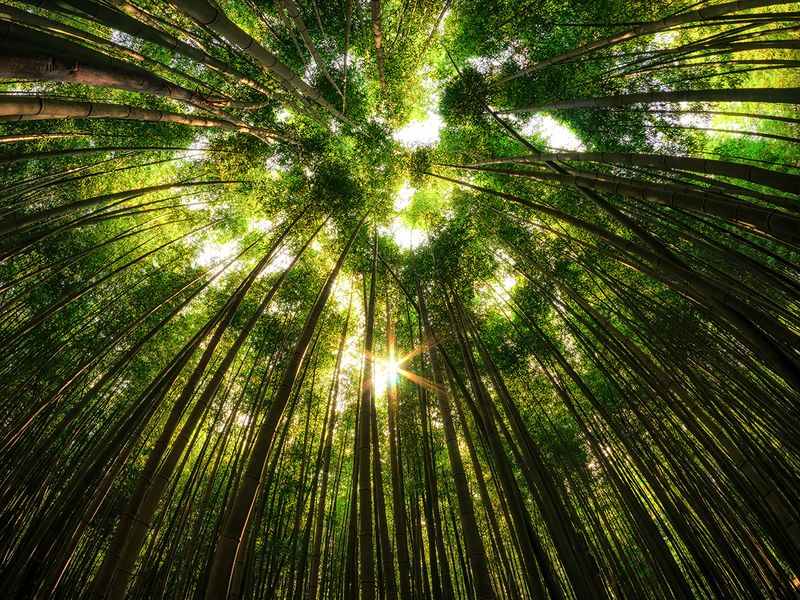
Seeped in cultural and emotional history, it’s no surprise that the plant is omnipresent in South Korea. This veneration finds its vibrant expression in Damyang, which celebrates the plant’s rich history and tradition. Damyang itself, is home to the massive green bamboo haven, Jugknowon forest, which spans 310,000 square meters. According to a 2016 article titled Damyang’s Bamboo, published in the Korea Magazine, the bamboo found in the country is particularly strong and sturdy, which makes it suitable for the handicrafts found here. Moreover, bamboo is deeply intertwined in the souls of the people here: You’ll find yourself enjoying bamboo leaf tea, probably delicacies that include rice cooked in bamboo culm with chestnuts, jujubes, and other grains. How about a tteokgalbi, which are dishes featuring bamboo sprouts and short ribs marinated in soya sauce?
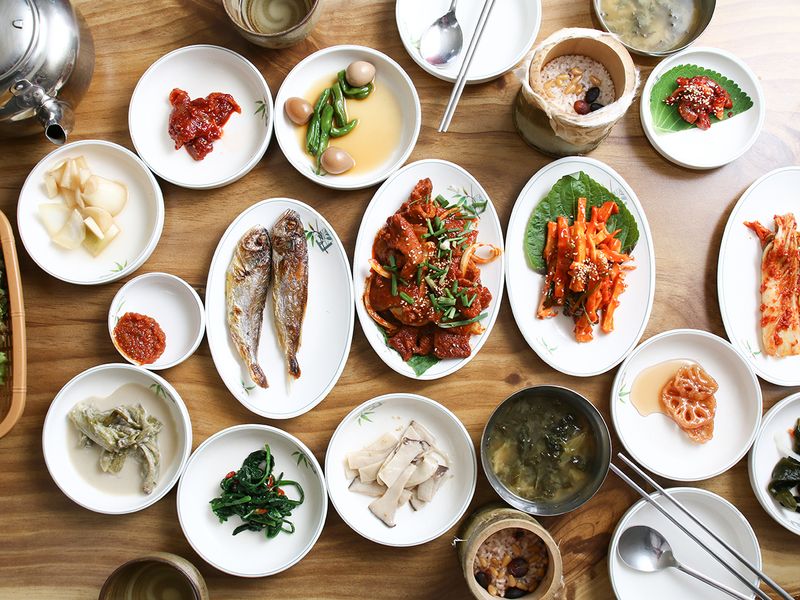
And so, a country so rich in bamboo, must celebrate the plant with much fanfare: A tradition that is believed to have begun in the Goryeo dynasty, though the exact date is unknown. Back then, Koreans held a tradition of planting bamboo trees in villages and forests every year on the 13th day of the lunar calendar in May, according to the Korean outlet, Korea JoongAng Daily. This tradition blossomed into the Damyang Bamboo Festival we know today. The eco-friendly festival features numerous experiences and educational programs.
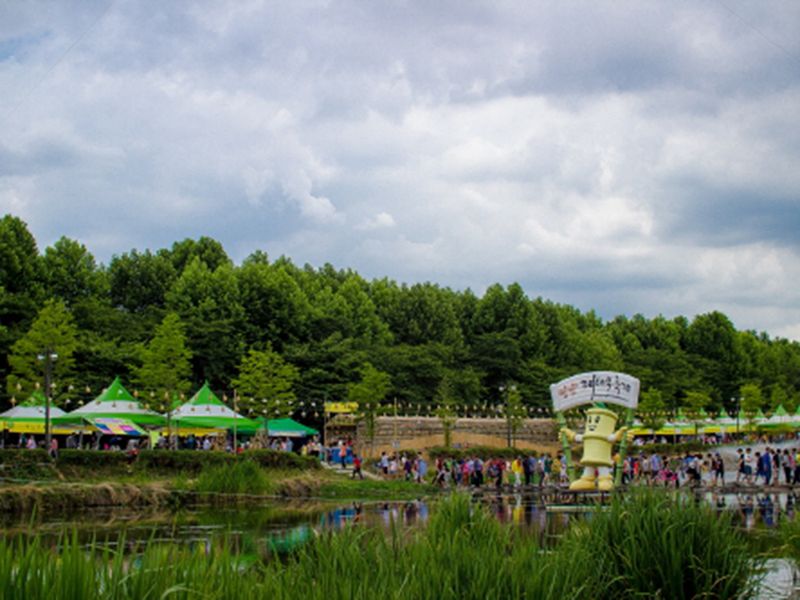

There are many activities that embrace the plant, such as finding your way through a towering labyrinth made entirely of bamboo stalks, Bamboo River rafting and learning to weave baskets with bamboo, explains Lee Min-Jae, a Dubai-based Korean teacher, who has attended the festival several times.
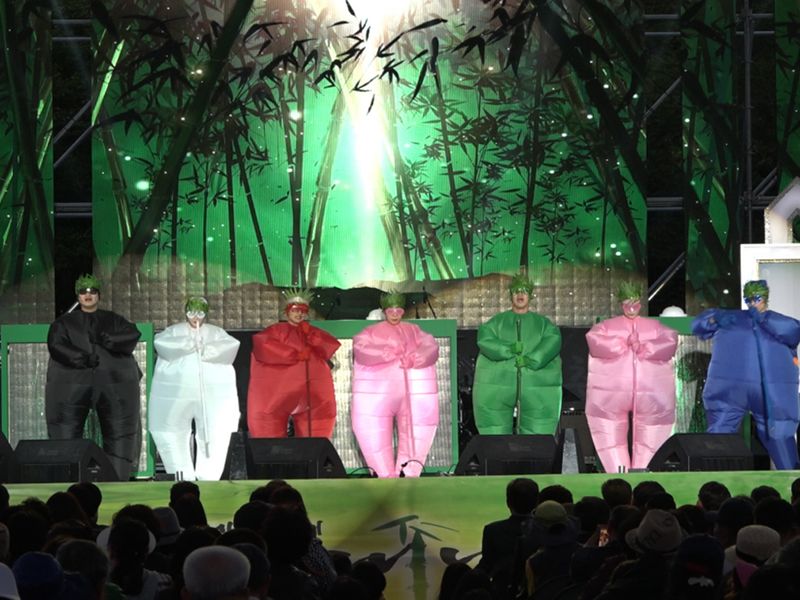
“Your drinks too, have a touch of bamboo, as you are offered refreshing beverages served in bamboo containers, adding a touch of eco-friendliness to the experience,” she adds. At night, there are events like wish lantern releases and illuminated bamboo displays. "It's a magical way to experience the festival under the stars,” she notes.
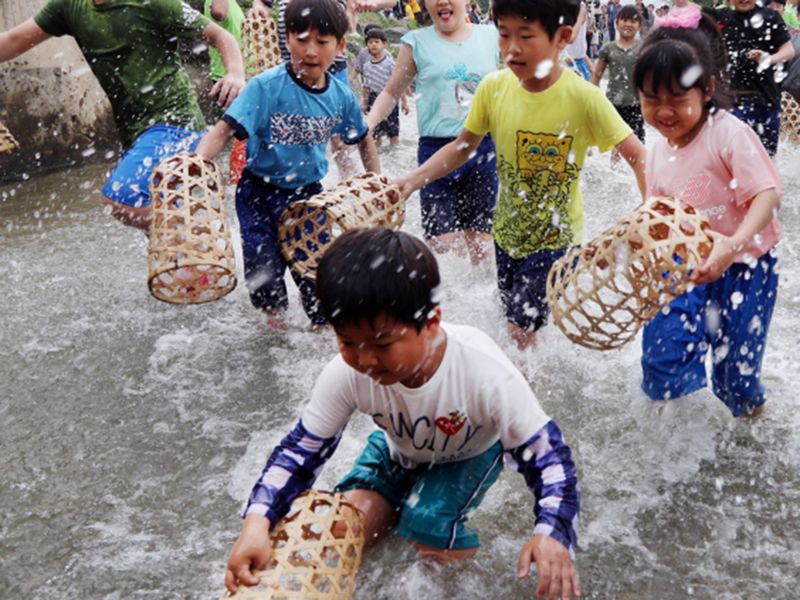

Finally, you can just enjoy being serenaded by the unique sounds of bamboo instruments like the flute. “You can sometimes just take a break and escape for peace to the bamboo forests and breathe in the clean air. You just feel relaxed,” she says.








